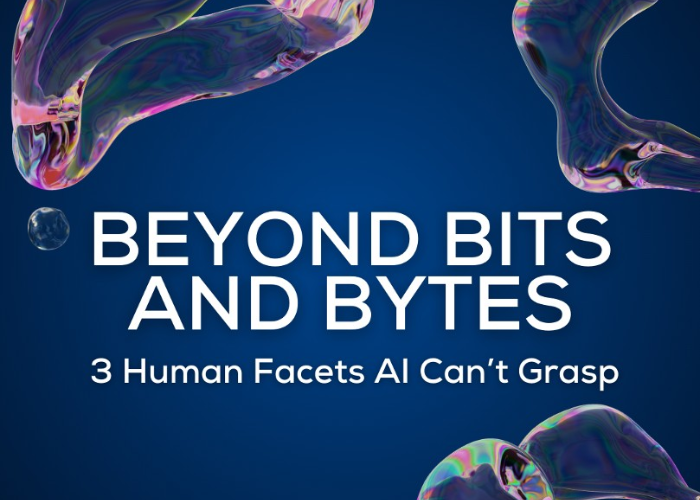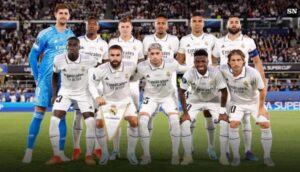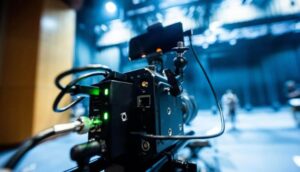
In the vast expanse of human history, certain epochs stand out as transformative moments that reshaped society, culture, and the very fabric of existence. From the Renaissance of the 14th to the 17th centuries, which ignited a revival of art, science, and thought, to the Industrial Revolution of the 18th and 19th centuries, which heralded unprecedented technological progress, these eras have left indelible marks on humanity’s journey.
Now, in the 21st century, we find ourselves amidst another profound transformation—the Digital Renaissance. This modern renaissance is defined not by paint on canvas or steam-powered machinery, but by bits and bytes, code and algorithms. It’s a rebirth driven by digital technology, reshaping every facet of human life, from communication and economy to education and entertainment. In this article, we will delve into the core of this Digital Renaissance, exploring its origins, its driving forces, and the myriad ways it is shaping our world.
Origins of the Digital Renaissance
To understand the Digital Renaissance, it’s imperative to grasp its origins. Just as the Renaissance in the 14th century emerged from a complex interplay of factors—economic prosperity, increased trade, renewed interest in classical learning—the Digital Renaissance finds its roots in the convergence of multiple technological advancements.
Central to this transformation is the development of the digital computer. The progression from mechanical calculating devices to the modern electronic computer paved the way for the exponential growth of computing power and the ability to process vast amounts of data. The transistor, the integrated circuit, and Moore’s Law—stating that the number of transistors on a microchip would double approximately every two years—ushered in an era of unprecedented computational capabilities.
Simultaneously, the rise of the internet and the World Wide Web connected the world like never before. Information flowed freely, transcending geographical boundaries and enabling instantaneous communication. The internet became the canvas upon which the Digital Renaissance would paint its masterpieces.
Driving Forces Behind the Digital Renaissance
Several driving forces have propelled the Digital Renaissance into full swing:
- Data Revolution: The hallmark of the Digital Renaissance is the explosion of data. Every digital interaction generates a trace, a data point waiting to be collected, processed, and analyzed. This data deluge has given birth to new fields like big data analytics and artificial intelligence (AI), enabling insights that were previously unthinkable.
- Artificial Intelligence and Machine Learning: These technologies are the true vanguards of the Digital Renaissance. By mimicking human cognitive functions, AI and machine learning have redefined industries from healthcare and finance to transportation and entertainment. Algorithms can now recognize patterns, learn from experience, and even make decisions, revolutionizing how we approach complex problems.
- Ubiquitous Computing: The proliferation of smart devices has woven technology into the very fabric of daily life. From smartphones to smart home appliances, computing power is now at our fingertips, streamlining tasks and enhancing convenience.
- Democratization of Knowledge: The internet has democratized access to information. Online learning platforms, open-source resources, and collaborative platforms have empowered individuals to acquire knowledge and skills at an unprecedented pace.
- Digital Economy: E-commerce, cryptocurrency, and the gig economy have reshaped traditional economic models. The Digital Renaissance has given rise to new ways of doing business, transcending physical limitations and opening up global markets.
Impact on Society and Culture
The Digital Renaissance is a seismic event, causing tectonic shifts in society and culture:
- Communication Revolution: The way we connect and communicate has fundamentally changed. Social media platforms provide avenues for global dialogue, but also raise questions about the veracity of information and the impact on mental health.
- Redefined Work Landscape: Remote work and digital collaboration tools have altered the traditional office environment. While providing flexibility, they also blur the lines between work and personal life.
- Entertainment and Media: Streaming services and digital content platforms have transformed how we consume entertainment. Traditional media is adapting or giving way to new, interactive forms of content.
- Education and Learning: Online education has disrupted traditional learning models. E-learning platforms offer flexible and personalized learning experiences, though challenges of accessibility and quality persist.
- Privacy and Ethics: The Digital Renaissance has raised concerns about data privacy, surveillance, and the ethical implications of AI. Striking a balance between innovation and safeguarding rights is a pressing issue.
Navigating the Digital Renaissance
As with any renaissance, navigating this transformative era requires vision, adaptation, and a consideration of both the opportunities and challenges:
- Digital Literacy: To harness the benefits of the Digital Renaissance, society must prioritize digital literacy. Understanding how technology works, its implications, and its potential is essential for informed decision-making.
- Ethical Frameworks: As AI becomes more integrated into our lives, establishing ethical frameworks for its use is critical. From biased algorithms to autonomous vehicles’ moral decisions, these discussions are shaping the contours of our future.
- Inclusivity: Ensuring that the benefits of the Digital Renaissance are accessible to all is vital. Addressing issues of digital divide and promoting equitable access to technology and education are imperative steps.
- Adaptation in Education: Traditional education models must evolve to meet the demands of the digital age. Integrating technology into classrooms, fostering critical thinking, and nurturing creativity are essential for preparing future generations.
Conclusion
The Digital Renaissance is more than a technological shift; it’s a cultural and societal rebirth that echoes through every aspect of human existence. Just as the Renaissance of old ignited an explosion of innovation and creativity, the Digital Renaissance is reshaping the world in ways that were once unimaginable.
As we navigate this era of constant change and disruption, it’s crucial to remember that the human element remains at the heart of it all. The Digital Renaissance is a tool, a canvas upon which we paint our hopes, fears, and aspirations. By harnessing the power of technology with wisdom and foresight, we can shape a future that embraces progress while honoring the values that make us fundamentally human.






